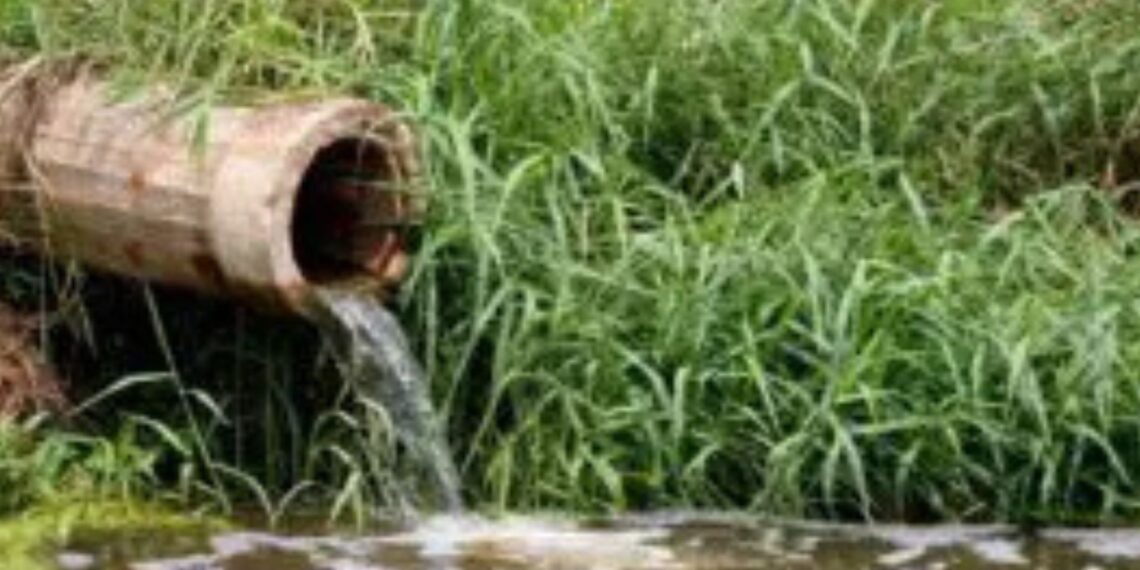Farmers in Limpopo are sounding the alarm over a toxic spill turning the Limpopo River – a vital water source for farms, communities, and wildlife – into a hazardous mess. Agri Limpopo warns that without urgent government action, the livelihoods of countless farmers in the region are at serious risk.
In a statement, Agri Limpopo said farmers observed the river water turning a vivid turquoise green, accompanied by a strong, offensive odour.
“Initial speculation suggested a possible source near the Zimbabwean border, with communications from the Vhembe District Municipality pointing to a Chinese-operated mine upstream of the Musina area.
Tracing the toxic threat
“However, it has since become evident that the pollution originated much further upstream. Agri Limpopo is currently attempting to trace the origin by gathering reports from farmers who first observed the discoloured water. This incident has caused alarm among the agricultural community, who rely heavily on the Limpopo River for irrigation in this semi-arid region.
Related stories
- Water pollution: Contamination taking its toll
- Water crisis: Billions pledged, but pollution threatens farms
“Any contamination of this critical water source threatens not only local livelihoods but also broader food security and South Africa’s agricultural export potential,” the statement said.
The organisation said they demand a transparent investigation and the implementation of immediate mitigation measures to prevent further ecological and economic damage.
“We cannot afford to allow pollution of this scale to go unchecked. Agri Limpopo calls on all relevant authorities, provincial and national, to prioritise this investigation, communicate openly with affected stakeholders, and take decisive action against any party found responsible,” the statement said.
READ NEXT: From bare land to global dreams: Limpopo farmer rises up
A silent water crisis
Meanwhile, deputy minister of water and sanitation, Sello Seitlholo, has said there is a huge crisis in South Africa that is not being spoken about, which is the state of water resources.
“People don’t protest because there is sewage in the river or in the dams. But they protest when there is no water coming from their taps. Ironically, it is the state of the water in our rivers and dams that determines the quality of the water that comes from our taps.
“People have taken a decision that they are not going to be conscious enough about the state of our rivers and dams. They are just going to throw foreign objects into our river streams. That is the behaviour. We have messed up our environment as people,” Seitlholo said.
He said maintaining clean rivers and catchment areas was critical to reducing pollution, protecting biodiversity, and ensuring the long-term sustainability of water systems.
“Engaging communities in clean-up initiatives not only improves environmental conditions but also raises awareness and fosters behavioural change towards responsible waste management,” he said.
The department of water and sanitation said, based on the desktop analysis conducted by their office, Google Map satellite images portray a dominant green colour from the following rivers: Crocodile, Ngotwane in Botswana, and Matlaba, Mokolo, Lephalale, and Mogalakwena, all in South Africa.
“The department proposes that it trace the pollution and come up with tangible solutions to deal with this pollution from the above-mentioned rivers, comprising officials from Gauteng, Northwest and Limpopo provinces respectively,” the statement said.
READ NEXT: National Dialogue: ‘Fix land reform, restore trust’

















